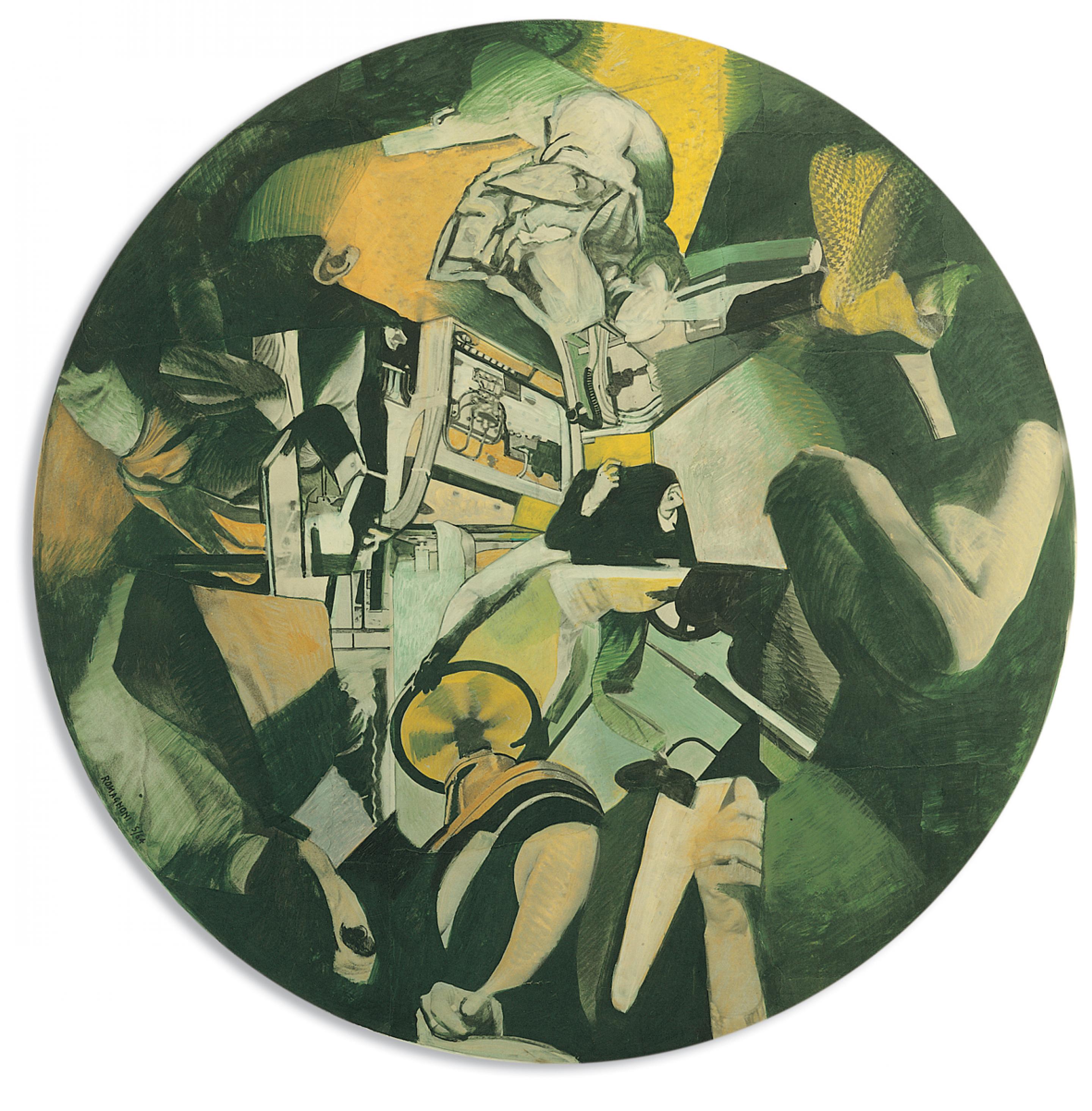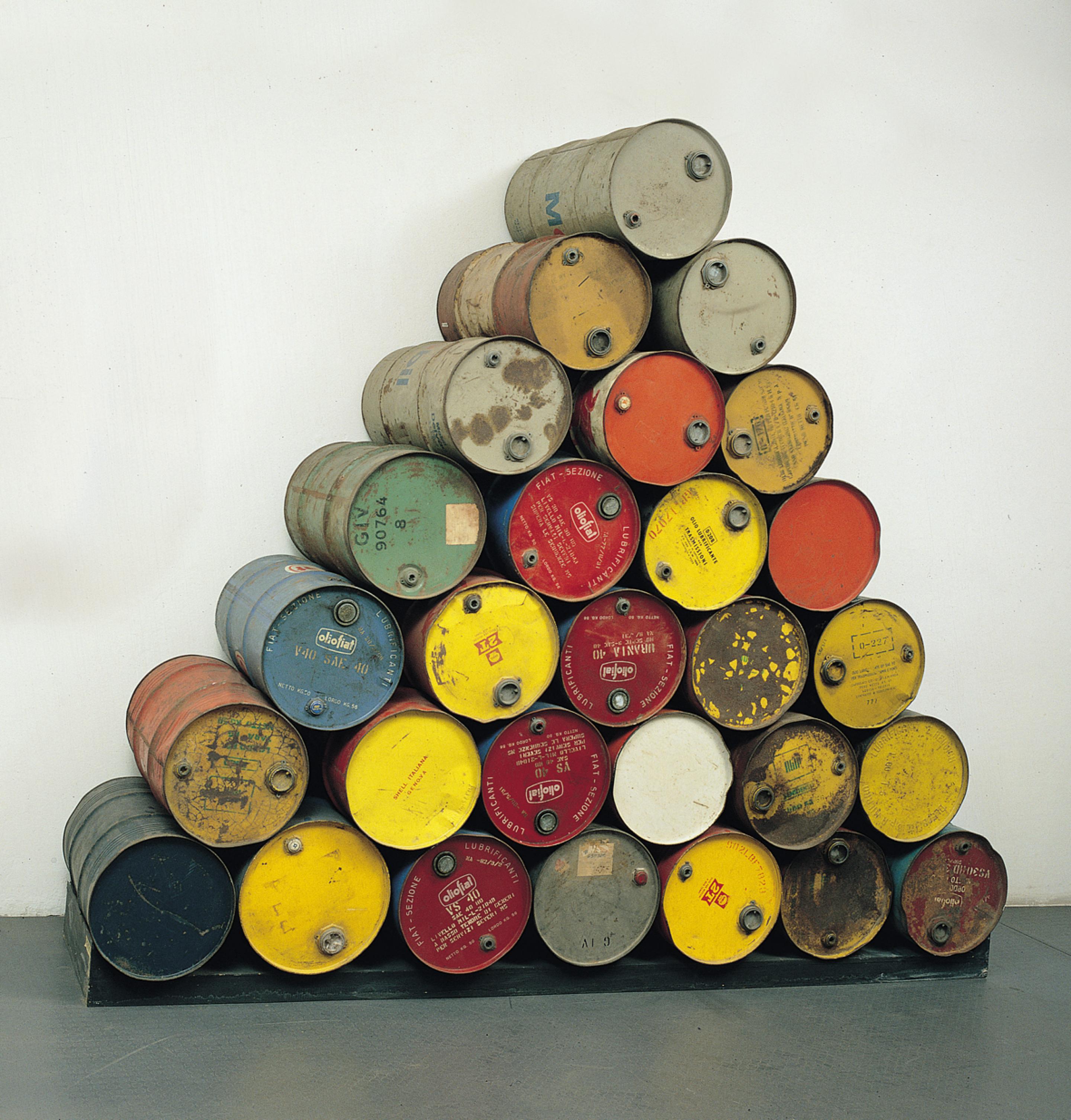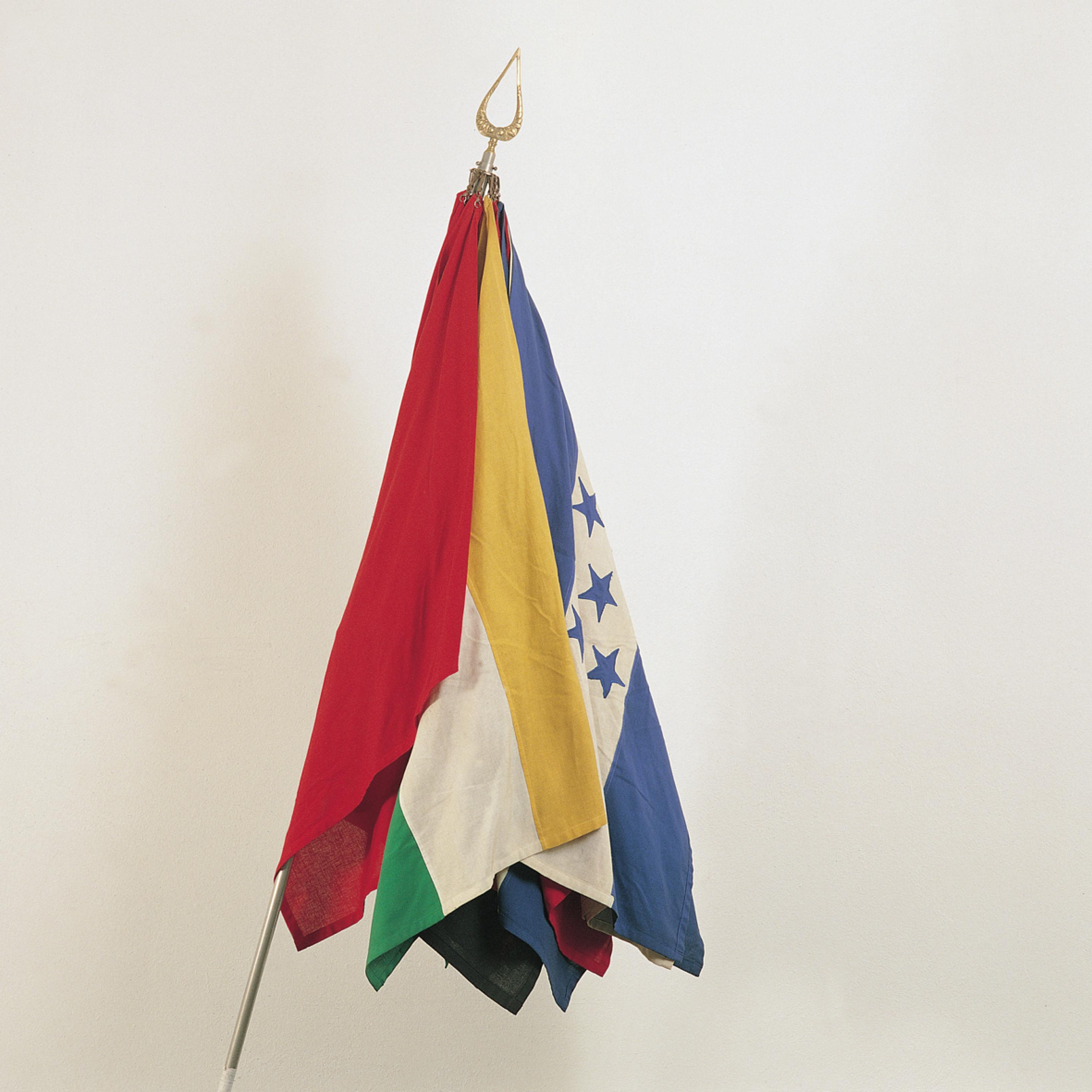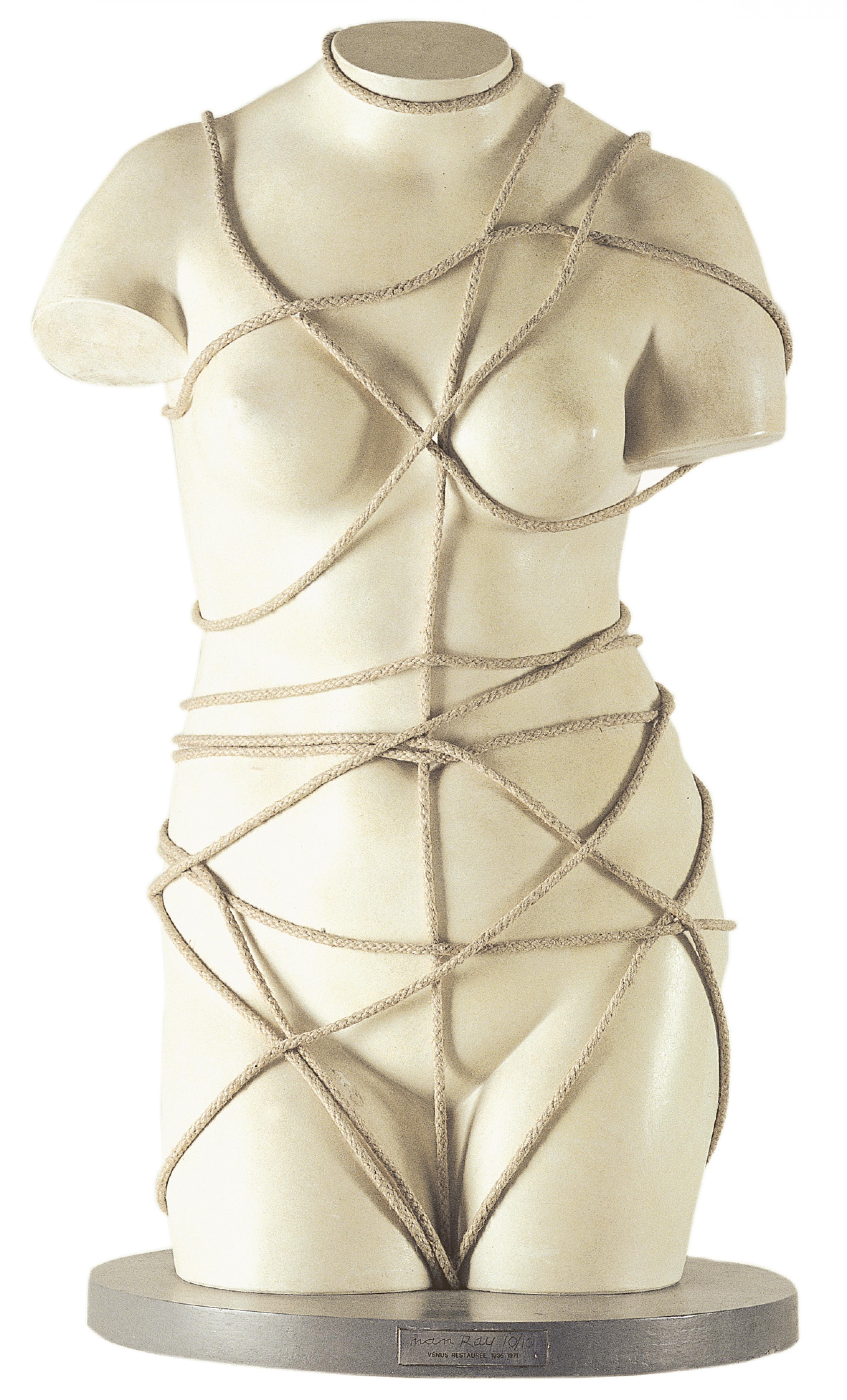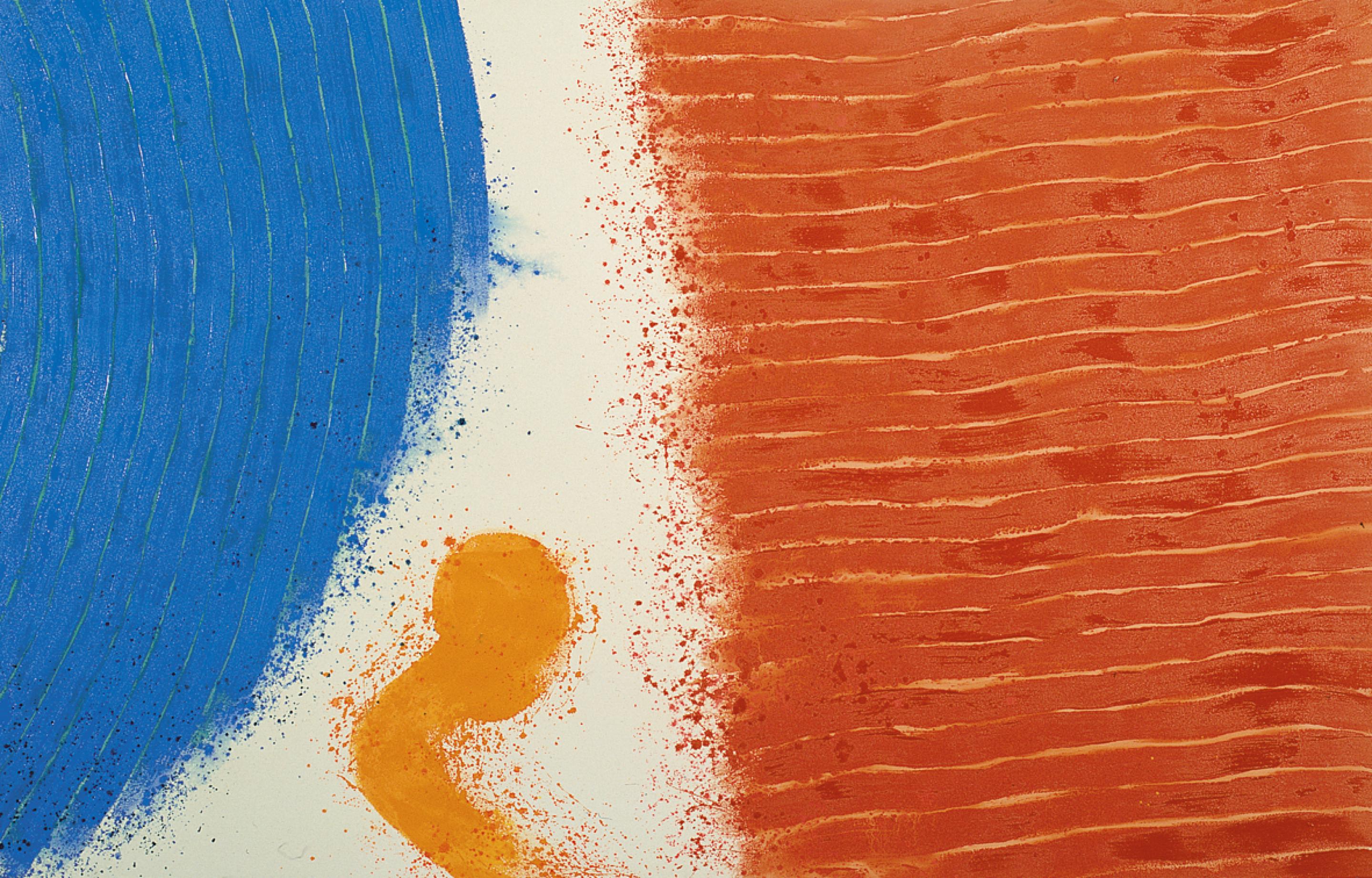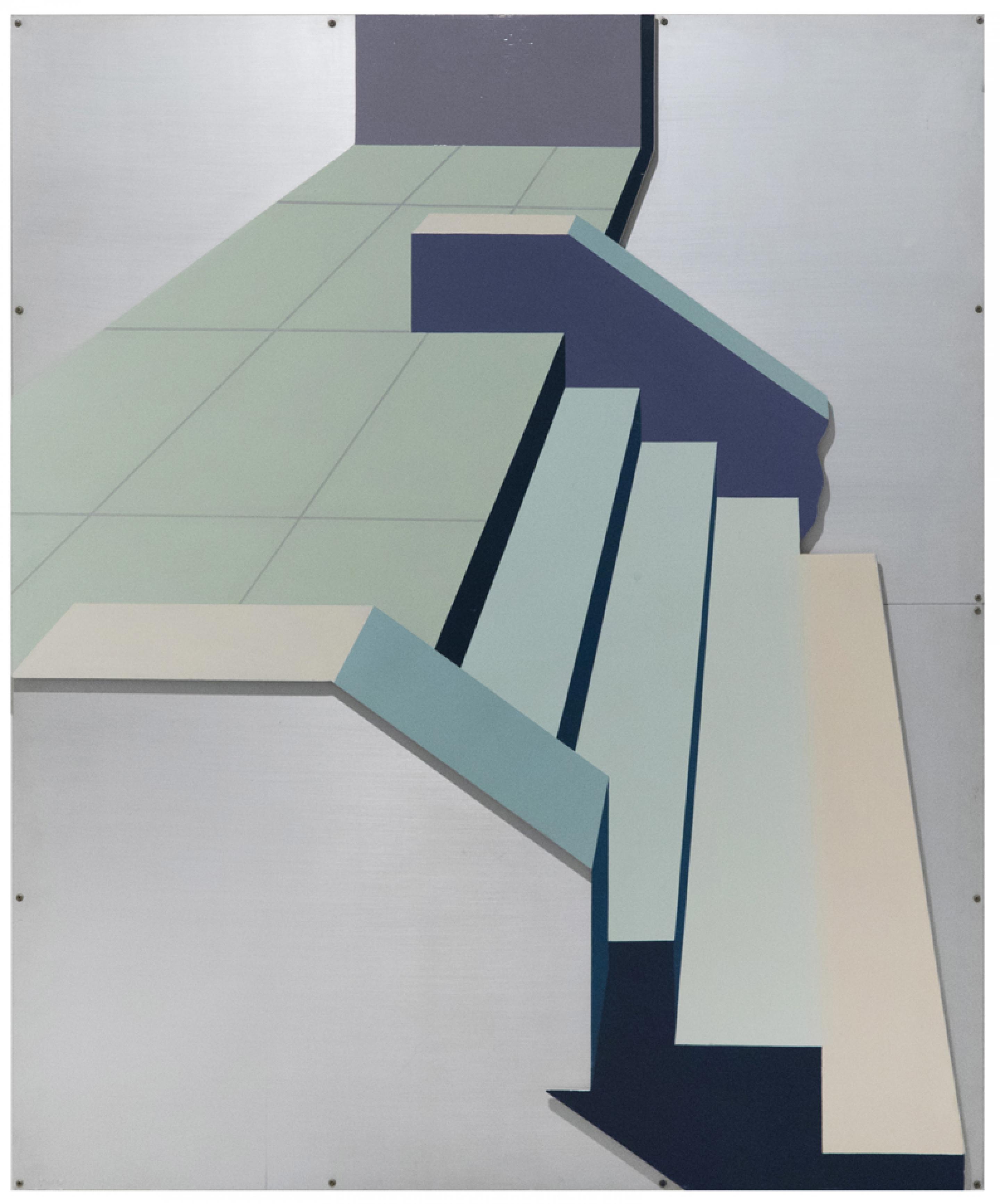GroupSHOW
Autobiografia di una galleria. Lo Studio Marconi 1965/1992
11.2004–01.2005
Autobiografia di una galleria. Lo Studio Marconi 1965/1992
11.2004–01.2005
Press Release
Autobiografia di una galleria
Lo Studio Marconi 1965/1992
Opening: November 11, 2004
November 12, 2004 – January 22, 2005
Valerio Adami - Enrico Baj - Georg Baselitz - Davide Benati - Joseph Beuys Peter Blake - Alighiero Boetti - Erik Bulatov - Alberto Burri - Alexander Calder
Anthony Caro - Nicola Carrino - Enrico Castellani - Patrick Caulfield - Alik Cavaliere - Bruno Ceccobelli - Mario Ceroli - César - Marc Chagall - Christo
James Coleman - Gianni Colombo - Sonia Delaunay - Lucio Del Pezzo - Antonio Dias - Bruno Di Bello - Evgeni Dibsky - Jiri Georg Dokoupil - Piero Dorazio
Enzo Esposito - Agenore Fabbri - Dario Fo - Lucio Fontana - Sam Francis
Richard Hamilton - David Hockney - Hsiao Chin - Marcello Jori - Anselm Kiefer
Martin Kippenberger - Franz Kline - Willem de Kooning - Lee-U-Fan - Ivan Lubennikov - Markus Lüpertz - Man Ray - Giuseppe Maraniello - Nino Migliori
Joan Mirò - Aldo Mondino - François Morellet - Louise Nevelson - Helmut Newton - Gastone Novelli - Giulio Paolini - Eduardo Paolozzi - Gianfranco Pardi
Harold Persico Paris - A.R. Penck - Francis Picabia - Pablo Picasso - Arnaldo Pomodoro - Concetto Pozzati - Larry Rivers - Bepi Romagnoni - Mimmo Rotella
Emilio Scanavino - Mario Schifano - Giuseppe Spagnulo - Daniel Spoerri - Aldo Spoldi - Lev Tabenkin - Emilio Tadini - Antoni Tàpies - Hervé Télémaque - Joe Tilson - Giuseppe Uncini - Franco Vaccari - Grazia Varisco - Oleg Vasiliev - Emilio Vedova - Bernar Venet - Franco Vimercati - Gerhardt Von Graevenitz - Tom Wesselmann - William T. Wiley
Lo Studio Marconi 1965/1992
Opening: November 11, 2004
November 12, 2004 – January 22, 2005
Valerio Adami - Enrico Baj - Georg Baselitz - Davide Benati - Joseph Beuys Peter Blake - Alighiero Boetti - Erik Bulatov - Alberto Burri - Alexander Calder
Anthony Caro - Nicola Carrino - Enrico Castellani - Patrick Caulfield - Alik Cavaliere - Bruno Ceccobelli - Mario Ceroli - César - Marc Chagall - Christo
James Coleman - Gianni Colombo - Sonia Delaunay - Lucio Del Pezzo - Antonio Dias - Bruno Di Bello - Evgeni Dibsky - Jiri Georg Dokoupil - Piero Dorazio
Enzo Esposito - Agenore Fabbri - Dario Fo - Lucio Fontana - Sam Francis
Richard Hamilton - David Hockney - Hsiao Chin - Marcello Jori - Anselm Kiefer
Martin Kippenberger - Franz Kline - Willem de Kooning - Lee-U-Fan - Ivan Lubennikov - Markus Lüpertz - Man Ray - Giuseppe Maraniello - Nino Migliori
Joan Mirò - Aldo Mondino - François Morellet - Louise Nevelson - Helmut Newton - Gastone Novelli - Giulio Paolini - Eduardo Paolozzi - Gianfranco Pardi
Harold Persico Paris - A.R. Penck - Francis Picabia - Pablo Picasso - Arnaldo Pomodoro - Concetto Pozzati - Larry Rivers - Bepi Romagnoni - Mimmo Rotella
Emilio Scanavino - Mario Schifano - Giuseppe Spagnulo - Daniel Spoerri - Aldo Spoldi - Lev Tabenkin - Emilio Tadini - Antoni Tàpies - Hervé Télémaque - Joe Tilson - Giuseppe Uncini - Franco Vaccari - Grazia Varisco - Oleg Vasiliev - Emilio Vedova - Bernar Venet - Franco Vimercati - Gerhardt Von Graevenitz - Tom Wesselmann - William T. Wiley
On November 11, 1965, Studio Marconi opened at the first floor of a building at 15 via Tadino, Milan. The opening exhibition was dedicated to Valerio Adami, Lucio Del Pezzo, Mario Schifano and Emilio Tadini, four artists, in their 30s, among the most interesting in Italy.
The invitation consisted of a box containing reproductions of four works, one by each artist. Each card was a small puzzle. This was the start of a cultural activity that Giorgio Marconi planned and directed with intelligence and passion, promoting young artists, as well as national and international protagonists of the art scene, through exhibitions organised with the contribution of Italian and foreign scholars and art critics.
Almost fourty-years later, on November 11, 2004, the Marconi Foundation opened the doors, at 15 via Tadino, in its completely renovated premises occupying an area of 1000 square metres, with the exhibition Autobiografia di una galleria. Lo Studio Marconi 1965/1992.
The invitation consisted of a box containing reproductions of four works, one by each artist. Each card was a small puzzle. This was the start of a cultural activity that Giorgio Marconi planned and directed with intelligence and passion, promoting young artists, as well as national and international protagonists of the art scene, through exhibitions organised with the contribution of Italian and foreign scholars and art critics.
Almost fourty-years later, on November 11, 2004, the Marconi Foundation opened the doors, at 15 via Tadino, in its completely renovated premises occupying an area of 1000 square metres, with the exhibition Autobiografia di una galleria. Lo Studio Marconi 1965/1992.
Giorgio Marconi has orgnised the exhibition aiming at acquainting the younger generation with the cultural climate that prevailed in the Sixties when Studio Marconi first began its activities.
On the four levels of the Marconi Foundation the works of a hundred artists will document the gallery's activity, choices, itinerary and development.
From 1965 to 1992 featured more than one hundred artists "selected not only among the several contemporary art movements of the time, but also among those personalities whom I considered to be the most representative".
(Giorgio Marconi)
The exhibition will be accompanied by a catalogue of almost 320 pages, published by Skira, including an interview by Natalia Aspesi, an anthology of the exhibitions held in thirty years of activity, a wide selection of works and critical texts.
On the four levels of the Marconi Foundation the works of a hundred artists will document the gallery's activity, choices, itinerary and development.
From 1965 to 1992 featured more than one hundred artists "selected not only among the several contemporary art movements of the time, but also among those personalities whom I considered to be the most representative".
(Giorgio Marconi)
The exhibition will be accompanied by a catalogue of almost 320 pages, published by Skira, including an interview by Natalia Aspesi, an anthology of the exhibitions held in thirty years of activity, a wide selection of works and critical texts.
